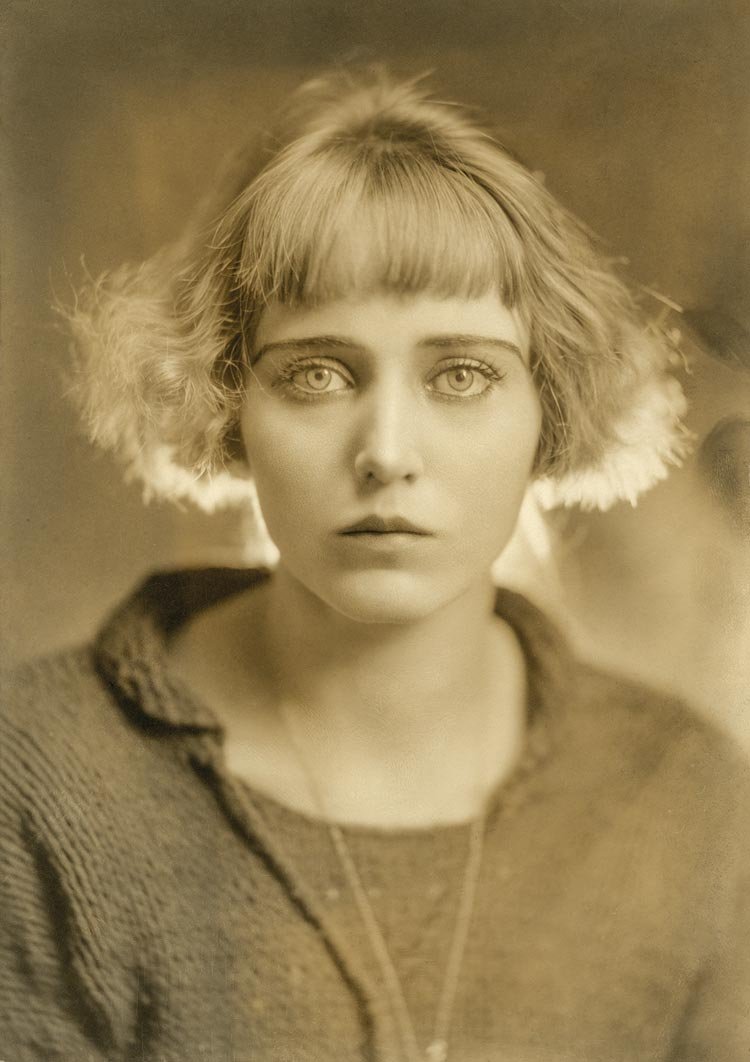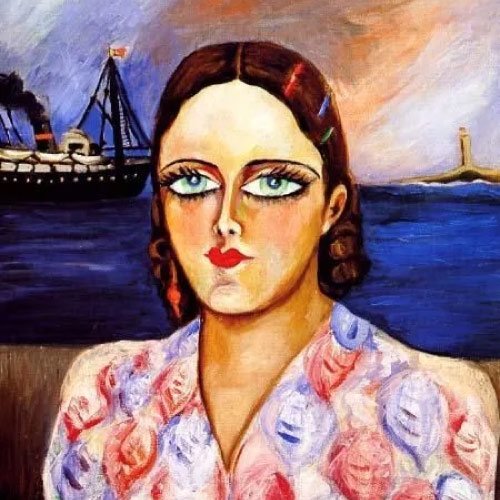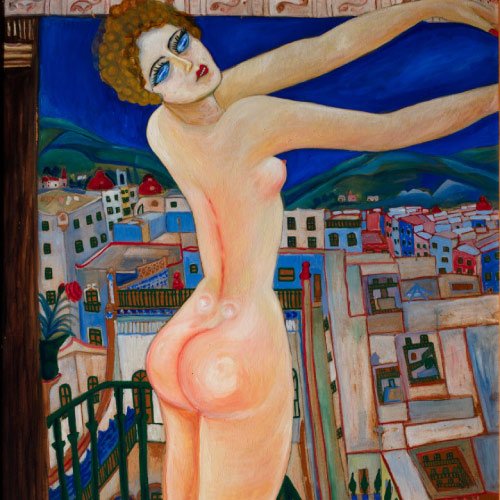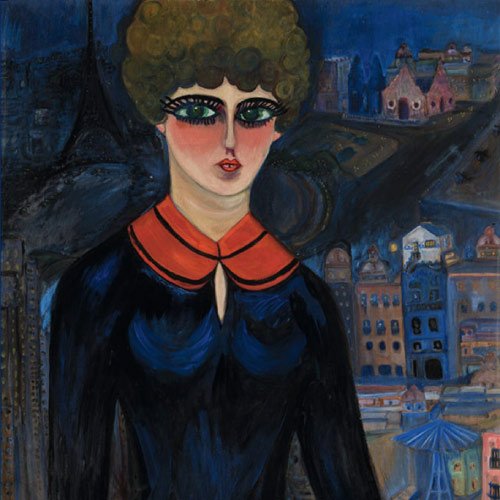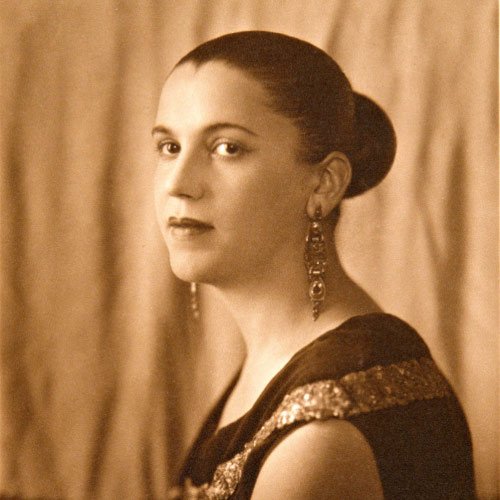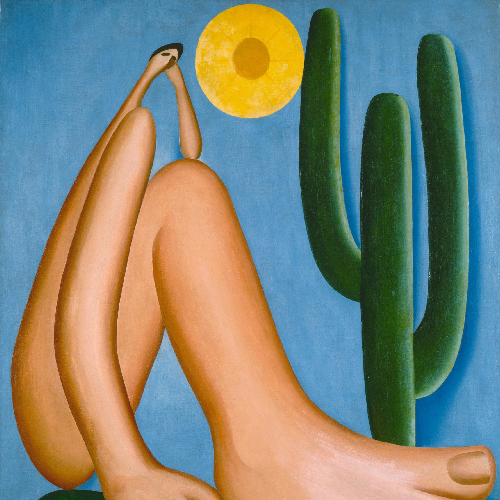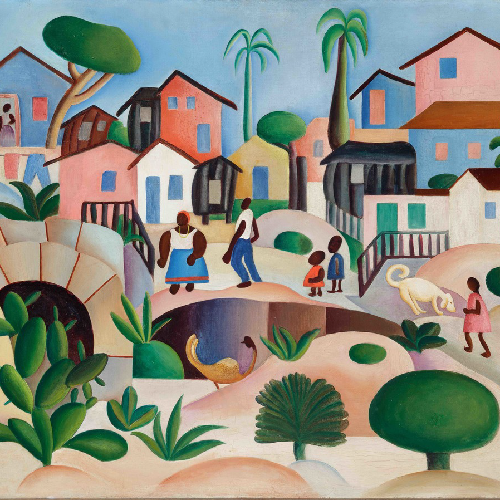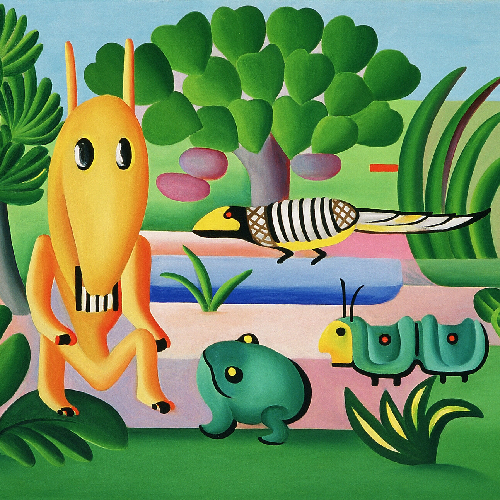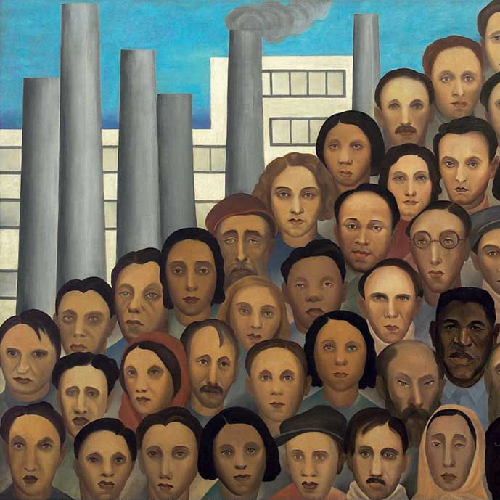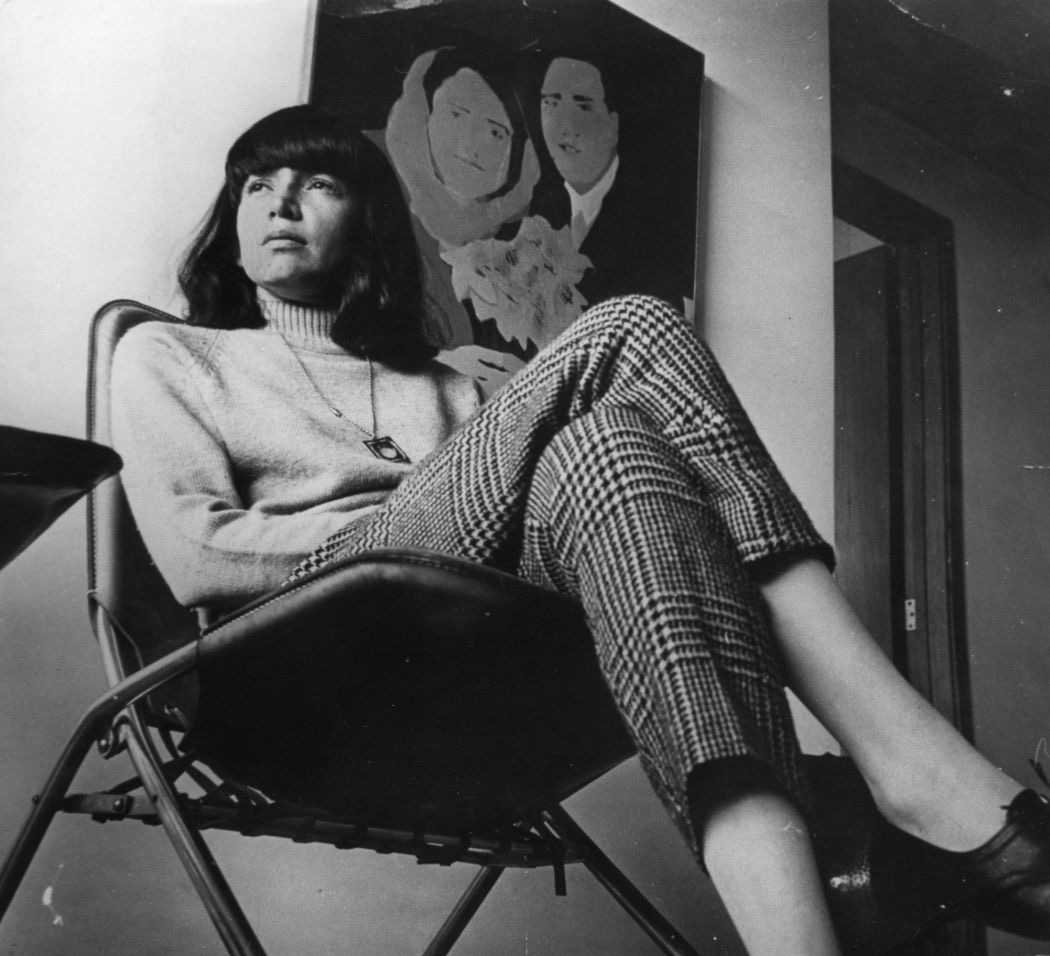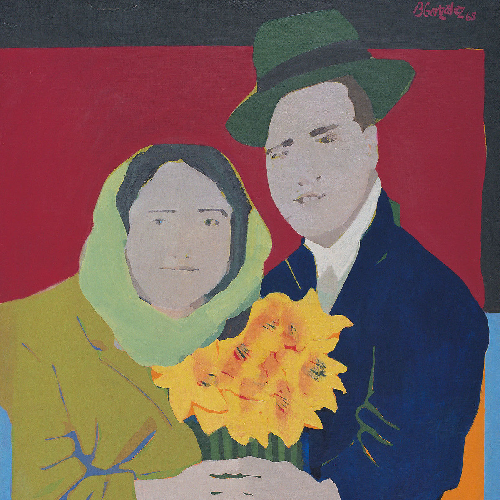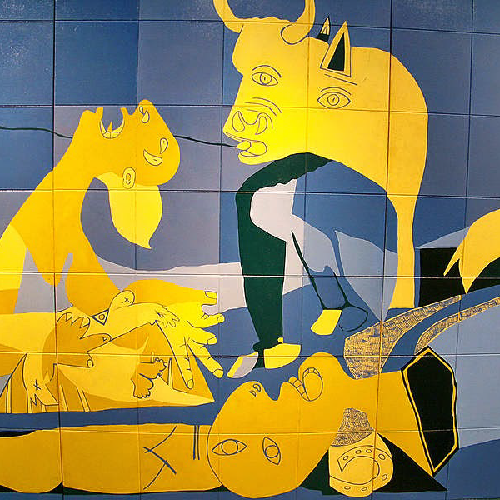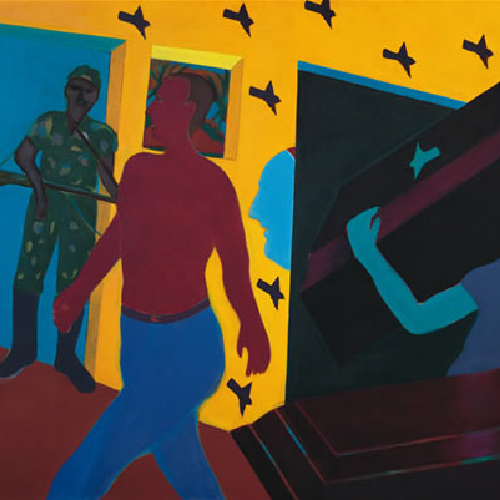Empowering and Inspiring: Discover These 3 Influential Latina Women Artists You Need to Know
Before you start reading, how many artists from Latin America can you name? Bonus points if they are all women! It's very likely that you mentioned Frida Kahlo, and no one can deny the very important role she played as a surrealist, self-portrait & female Mexican artist.
Although Frida's life was full of pain in many ways, she is now way beyond the racist, sexist and economic barriers that many Latino women artists need to fight through, not just to be recognized/famous, but to even have the opportunity to become artists. Throughout history, the people in power that wrote the story of how things happened decided to exclude women & most of the art made in Latin America, so let’s break from this tradition!
Latino women have been making art for centuries, but it's only in the last few decades that their work has begun to be recognized and appreciated. Here are three incredible Latino women artists you should know:
Carmen Mondragón aka Nahui Olin
Carmen was a poet, feminist, model, muse & painter born in Mexico City on the 8th of June 1894 into an aristocratic family. Her father was a general who specialised in artillery, and this made the family move to France twice: once on a mission ordered by then-President Porfirio Díaz and later as a result of Mondragón’s exile from Mexico after his involvement in a coup against the then-President Francisco I. Madero. This influenced a lot her free spirit and later helped her to overlook the social norms of the very conservative Mexican society in the 20th century.
When Carmen was 20, she married a military cadet named Manuel Rodríguez and moved to France where she met artists like Picasso, Diego Rivera & Matisse who encouraged her to venture into art and social movements.
In 1921 Mondragón returned to Mexico, freed from a marriage that she did not enjoy & started a relationship with Gerardo Murillo aka Dr. Atl, one of the most famous Mexican painters of the time and who in 1922 gave Carmen the name of Nahui Olin, the fourth regenerative movement in the cycle of the Mexica/Nahuatl/Aztec cosmology.
They had a relationship full of passion, creativity and hate, as Dr. Atl was constantly cheating on her. They lived in a former convent in Mexico City. During this time, Olin published two books of poetry: Cerebral perspective, dynamic poems and I am tender inside. It was also during this time that Nahui found her signature style: wide brushstrokes, very saturated colours, movement and often erotic themes. She painted a lot of self-portraits with huge eyes as well as portraying the day-to-day life of the people in Mexico City.
She kept producing works for over 50 years. However, even though she was a very impressive, strong woman with a lot of talent, the art critics (men) did not consider her art good enough and by the 70's she had been forgotten and marginalized. During this time, she was selling naked pictures of her younger self outside of the subway in Mexico City to earn some money to eat.
She died alone in 1978.
Tarsila do Amaral
Tarsila was one of the most important Brazilian painters of the modernist movement.
She was born in São Paulo, on the 1st of September 1886 into a traditional wealthy family who sent her to Spain to study, and it was there where she painted her first painting, Sacred Heart of Jesus, at age 16.
In 1906, at the age of 20, she married her maternal cousin, André Teixeira; and he and the conservatism of the time stopped her from any artistic development. It wasn't until 1916 that she returned to her creative paths when she began studying in the studio of William Zadig, a Swedish sculptor based in São Paulo, who taught her clay modelling.
In 1920, Tarsila split up from André Teixeira and went to study at the Julian Academy (private school of plastic arts) in Paris. During this period of her life, she concentrated her efforts on painting from live subjects and drawing nudes. A couple of years later, in 1922, she went back to Brazil and formed the "Group of the Five" with Oswald de Andrade, Menotti Del Picchia, Anita Malfatti & Mario de Andrade, a group that would be remembered as one of the most influential modernist circles of the time.
In 1924, in the midst of a journey to "rediscover Brazil" with the French-Swiss poet Blaise Cendrars, Tarsila began her artistic phase “Pau - Brasil”, during which she completely broke with the conservatism of the day, and filled her work with shapes and bright colours. Her second phase, “Antropofágica”, started in 1928 and was inspired by the painting Abaporu (1928), which Tarsila had given to Oswald de Andrade as a birthday present.
In 1929 she exhibited individually at the Palace Hotel in São Paulo. That same year, Tarsila and her family lost their coffee farms and practically all their possesions and fortune. Very depressed, Tarsila produced only 1 painting in 1930 – Composition.
During a trip to the Soviet Union in 1931, Tarsila became more sensitive to the problems of the working class, and in 1933, began a new phase called "Social" with the work Operarios, whose creation was focused on the social issues of the time and the living conditions of the working class.
From 1936 to 1952, she worked as a columnist and cartoonist for the Diários Associados, where she illustrated portraits of famous people. In 1951 she participated in the 1st Biennale of São Paulo, and 12 years later, in 1963, she got a special gallery just for her artwork at the 7th Biennale of São Paulo.
She died in São Paulo on January 17, 1973.
Beatriz González
Born in Bucaramanga, Colombia in 1938, Beatriz is a Colombian Pop artist & historian.
In 1962 she graduated from the Universidad of los Andes as a Fine Art Teacher and in 1964 she held her first solo exhibition at the Museum of Modern Art of Bogotá, where she exhibited 15 variations of De Kantwerkster (The Lacemaker) originally by the Dutch artist Johannes Vermeer.
Through the years she has never stopped exhibiting individually and collectively, especially in Colombia, Spain, Venezuela, the USA & Brazil. Her work can be found in places like: the National Museum of Bogotá, the Museum of Modern Art in Bogotá, La Tertulia Museum in Cali, the Art Museum of the National University and in other museums in Cali, Medellín and Bucaramanga.
Beatriz's artwork references religious symbols and images that circulate in the media, especially from articles found in the yellow press, which she captures in her paintings and drawings.
Her contribution to contemporary Latin American art has been consolidated since the 1970s, due to her amazing way of integrating regional themes and motifs of great symbolic complexity to visually describe the political and social context of Colombia. Even though her style has adopted elements of North American pop art, her art doesn't reflect the images that correspond to an iconography of consumption, nor does it show a complacent vision of the social reality.
Beatriz describes her own paintings as "underdeveloped art for underdeveloped countries."
She lives and continues to produce art in Bogotá, Colombia. Her art can be found in the Museum of Fine Arts in Houston, The Museum of Modern Art in New York, the Tate Modern in London, and the Museo Nacional de Colombia in Bogotá, to name a few.


